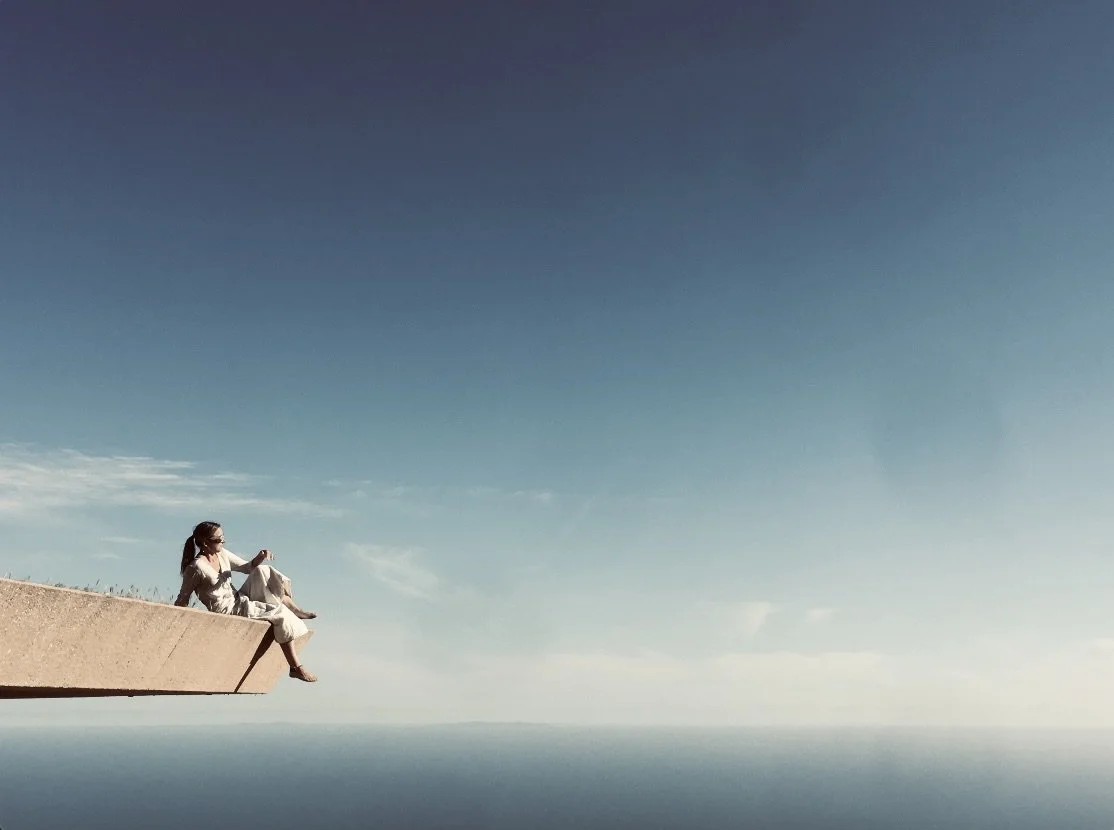Meghan DeRoma (she/her) is a visual artist from Los Angeles, CA, working in mixed media, installation, sculpture, and curation.
DeRoma received her BFA: Sculpture/Minor: Psychology from Miami University, OH. DeRoma explores the inner journey as a foundational element of her work. She combines found materials and natural ephemera with fresh paint and pigmenting to create her mixed-media pieces.
DeRoma explores the relationship of the Self and humans, to and with Nature, particularly as they meet in urban environments. Her deep interest in the nature of being is expressed through the meditative aspects of her patterned and process-driven work.
Weaving research in archetype, mythology, and conversations with natural beings into her work, she provokes curiosity in our respective roots and our relationship with other-than-human sentient beings. She is the co-founder and curator of Dorado 806 Projects, an experimental artist-run project space in Santa Monica, CA.
Artist Statement
My practice for the past several years has evolved, and I am currently expressing through found- and reclaimed-material mixed media 2D, sculpture, installation, and curation. I have worked in metal and glass, wood, textiles, and paint. I have recently begun to incorporate community ambient performance as a part of my practice. I am interested in the intersection of humans and nature, both from an internal perspective as well as a collective conscious, societal, or species level point of view, which includes the imagined perspectives of other-than-human sentient beings.
I am interested in human relationship with nature, ranging from the observed in self-reflection to passive, unconscious physical coexistence. From where we go lost as a species to where we can re-place ourselves in the greater web of all beings. My portal to this place is through the exploration of the inner journey, my relationship to the Self and to Nature, and my [our] inherent wildness.
My methodology involves piecing together many tiny parts, whatever the medium—a metaphor for the human experience and the building of identity. I use found paper, personal ephemera, gouache, acrylic, fabric, and other foraged natural materials. Through the process of deconstruction, re-dressing (painting patterns, sewing accoutrement, i.e.), and reconstruction of these ephemera, archetypal symbols and themes of the intricacy and nuance of human relationship emerge—relation to Self, to others, to the societally implicit other-ness of nature, and the inherent wildness of mammalian being.
In each of these relationships, there are fractals observed, and patterns interrupted. But stepping back, they converge in a picture of wholeness. I want to see myself unfold, and in doing so, allow others to see themselves, and to be seen, especially as we necessarily find our way back towards a realization that we are nature and that we are a small bit of an ecosystem full of human and non-human beings.
I am currently focusing on work that explores and incorporates urban trees that have been cut down for human expansion or perceived need. In a city dominated by concrete and asphalt, I want people to remember that they are nature, and that they exist in an ecosystem dependent on other-than-human beings.
In my ‘Ghost Trees’ series, I forage urban stumps and create burial gowns for them that act as visages of the trees that once stood, incorporating elements that reflect the other creatures that might have depended on the tree for existence. My work serves to feel familiar and comfortable, something of a conversation, and to deepen understanding of the interconnectivity of all beings.
The materials I am using are often given to me or foraged from my own life and archives. To me, the whole is bigger than the sum of the parts, but the unique pieces that come together to form the whole are each important and lend meaning and texture to the final poetry of the piece.

